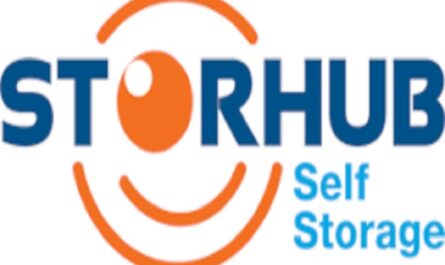Ultraviolet (UV) light-emitting diodes (LEDs) have been rapidly advancing in recent years, with significant improvements in efficiency, power, and wavelength range. These advances have enabled a wide range of applications, from disinfection and curing to spectroscopy and medical treatments. In this article, we will review the recent advances in UV LED technology, highlighting the trends and future prospects in this exciting field.
Advances in Efficiency and Power
One of the most significant advances in UV LED diode has been the improvement in efficiency and power. Early UV LEDs were limited by their low efficiency and power, which restricted their use to low-intensity applications. However, recent breakthroughs in materials science and device design have enabled the development of high-power UV LEDs with efficiencies exceeding 50%. These advances have been driven by the development of new semiconductor materials, such as AlGaN and AlN, which offer improved electrical and optical properties. As a result, UV LEDs are now capable of delivering high-intensity UV light, making them suitable for a wide range of applications.

Expansion of Wavelength Range
Another significant advance in UV LED technology has been the expansion of the wavelength range. Early UV LEDs were limited to a narrow range of wavelengths, typically around 365nm. However, recent advances have enabled the development of UV LEDs with wavelengths ranging from 200nm to 400nm. This expansion of the wavelength range has opened up new applications, such as spectroscopy and medical treatments, which require specific wavelengths of UV light. For example, UV LEDs with wavelengths around 254nm are being used for disinfection and sterilization, while UV LEDs with wavelengths around 365nm are being used for curing and polymerization.
Advances in Packaging and Thermal Management
In addition to advances in efficiency, power, and wavelength range, there have also been significant advances in packaging and thermal management. Early UV LEDs were often packaged in simple epoxy or ceramic packages, which limited their thermal performance and reliability. However, recent advances have enabled the development of advanced packaging technologies, such as flip-chip and chip-on-board packaging, which offer improved thermal performance and reliability. These advances have enabled the development of high-power UV LEDs that can operate at high temperatures and in harsh environments.
Trends and Future Prospects
So what are the trends and future prospects for UV LED technology? One of the most significant trends is the increasing adoption of UV LEDs in a wide range of applications, from disinfection and curing to spectroscopy and medical treatments. Another trend is the development of new semiconductor materials and device designs, which will enable further improvements in efficiency, power, and wavelength range. In the future, we can expect to see the development of even more advanced UV LEDs, with higher powers, efficiencies, and wavelength ranges. We can also expect to see the increasing adoption of UV LEDs in new applications, such as water purification, air disinfection, and food processing.

Challenges and Opportunities
Despite the many advances in UV LED technology, there are still several challenges and opportunities that need to be addressed. One of the most significant challenges is the need for standardization and regulation of UV LED-based devices, particularly in the medical field. Another challenge is the need for further research and development to improve the efficiency, power, and wavelength range of UV LEDs. However, these challenges also present opportunities for innovation and growth, and we can expect to see significant advances in UV LED technology in the coming years.
Conclusion
In conclusion, UV LED technology has made significant advances in recent years, with improvements in efficiency, power, and wavelength range. These advances have enabled a wide range of applications, from disinfection and curing to spectroscopy and medical treatments. As the technology continues to evolve, we can expect to see even more advanced UV LEDs, with higher powers, efficiencies, and wavelength ranges. With the increasing adoption of UV LEDs in a wide range of applications, we can expect to see significant growth and innovation in this exciting field.

